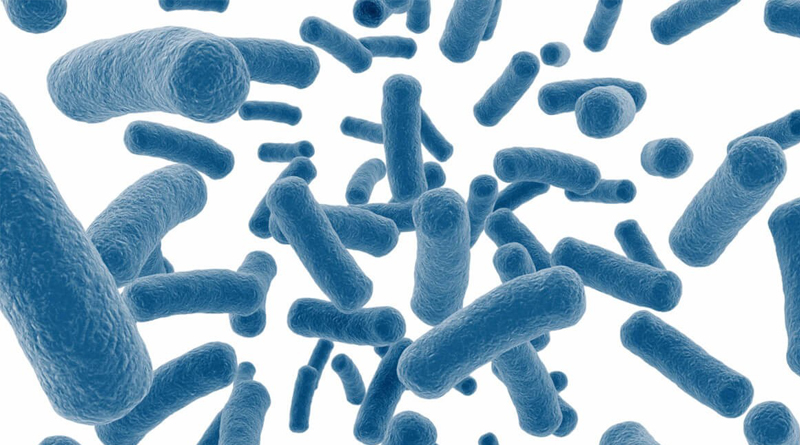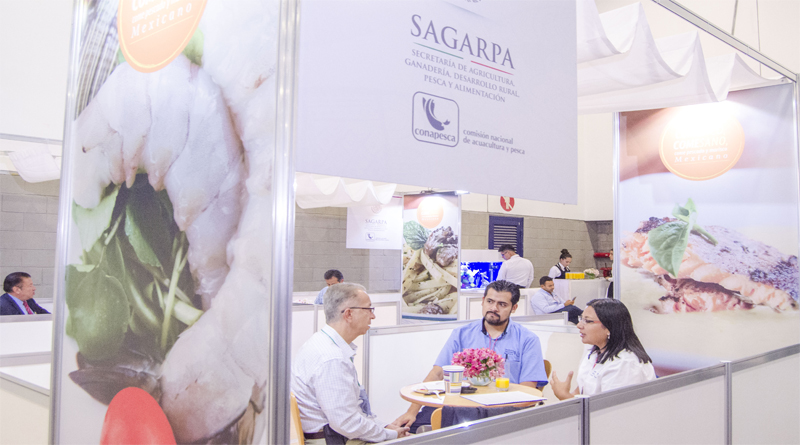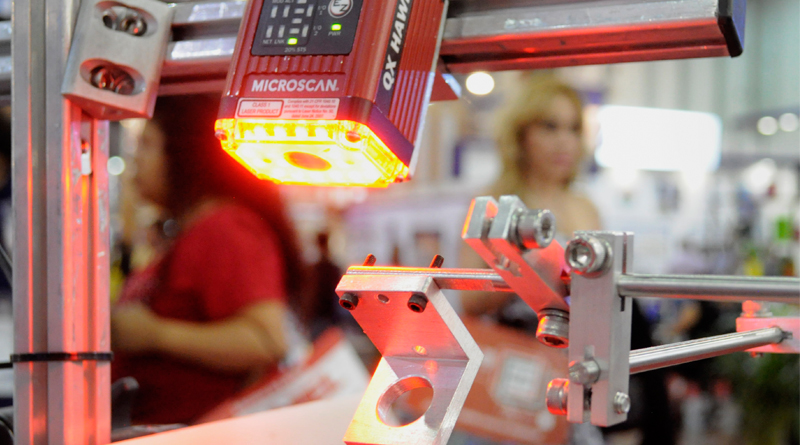Prebiotics (fermentable fibers) and probiotics (beneficial microbes) are key to establishing a healthy gut microbiome. While most dietary prebiotics can successfully traverse the digestive system, most dietary probiotics cannot survive digestion. Scientists at the Chinese Academy of Agricultural Sciences have developed a gel to help probiotics reach their destination: the colon.
Probiotics are live microorganisms that, when ingested, populate the colon with good microbes that benefit the host. However, very few, if any, probiotics can survive the journey through the gastrointestinal tract: It is a harsh environment consisting of digestive enzymes, bile salts, and hydrochloric acid that destroys both pathogenic and beneficial microorganisms. Researchers had tried encapsulating probiotics in alginate, a polysaccharide found in brown algae, to protect the beneficial microbes during digestion, but they found that alginate also breaks down easily in the stomach.
Hao Zhang and his research collaborators recently tried adding cellulose to the alginate capsule to augment its stability. Upon placing the cellulose-alginate encapsulated probiotics into a simulated stomach acid–like environment, Zhang and his colleagues found that the cellulose-alginate mixture held onto the probiotics. They also determined that the mixture properly released the bacteria in a simulated intestine environment. As a next step, the scientists plan to test this probiotic encapsulation system in animals.
Source: IFT









